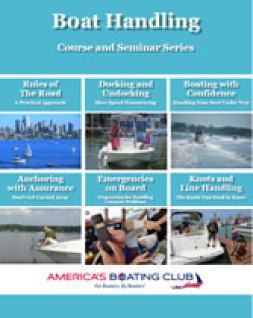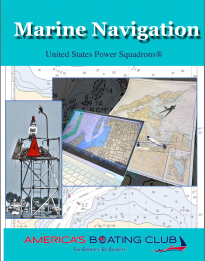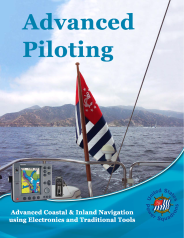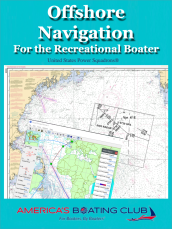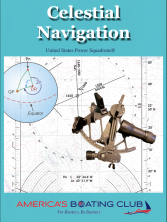Advanced Classes
Boat Handling curriculum is comprises of a six-part course and six seminars and covers these topics:
- Rules of the Road: A Practical Approach
- Confidence in Docking and Undocking: Slow Speed Maneuvering
- Boating with Confidence: Handling Your Boat Under Way
- Anchoring with Assurance: Don't Get Carried Away
- Emergencies on Board: Preparation for Handling Common Problems
- Knots and Line Handling: The Knots You Need to Know
Marine Navigation is the first course in the sequence of USPS courses on navigation, covering the basics of coastal and inland navigation. This course focuses on navigation as it is done on recreational boats today and embraces GPS as a primary navigation tool while covering enough of traditional techniques so the student will be able to find his/her way even if their GPS fails.
Topics covered include:
- Charts and their interpretation
- Navigation aids and how they point to safe water
- Plotting courses and determining direction and distance
- The mariner’s compass and converting between True and Magnetic
- Use of GPS – typical GPS displays and information they provide, setting up waypoints and routes, staying on a GPS route.
- Pre-planning safe courses and entering them into the GPS
- Monitoring progress and determining position by both GPS and traditional techniques such as bearings and dead reckoning
- The “Seaman’s Eye” – simple skills for checking that one is on course.
Advanced Marine Navigation is the second in the sequence of USPS courses on navigation. It continues to build coastal and inland navigation skill, allowing the student to take on more challenging conditions – unfamiliar waters, limited visibility, and extended cruises. GPS is embraced as a primary navigation tool while adding radar, chartplotters, and other electronic navigation tools.
Topics covered include:
- Review of skills learned in Marine Navigation (currently offered as Piloting)
- Advanced positioning techniques such as advancing a line of position
- Other electronics: radar, depth sounders, autopilots, chartplotters, laptop computer software, etc.
- Hazard avoidance techniques using electronics (e.g., “keep out” zones in GPS)
- Collision avoidance using radar and GPS
- Working with tides: clearances, depth, effects of current
- Piloting with wind and currents
- The “Seaman’s Eye” – simple skills for checking that one is on course
Offshore Navigation is the first in a two-part program of study, to be followed by a new Celestial Navigation course. In Offshore Navigation, the student will continue to use GPS as the primary position sensor, as learned in Marine Navigation or Piloting and Advanced Piloting. However, the offshore environment poses many different elements for consideration by the navigator. Ocean currents, wind, and sea state all affect a vessel's performance over the longer passages.
Offshore Navigation is designed as a practical "how to" course designed to be completed in nine weeks of classroom work, plus an additional week to review the Practice Cruise.
Celestrial Navigation is the companion course to Offshore Navigation to obtain the grade of Navigator (N). It complements the other navigation courses using the ages-old method of using the altitude of celestial bodies, such as the sun, moon, planets, and stars to navigate at sea. The student uses a sextant to measure the altitudes of celestial bodies, and with data from the Nautical Almanac, develops lines of position and fixes used in offshore
Please call 313-744-7472 for more information or to register for these classes



